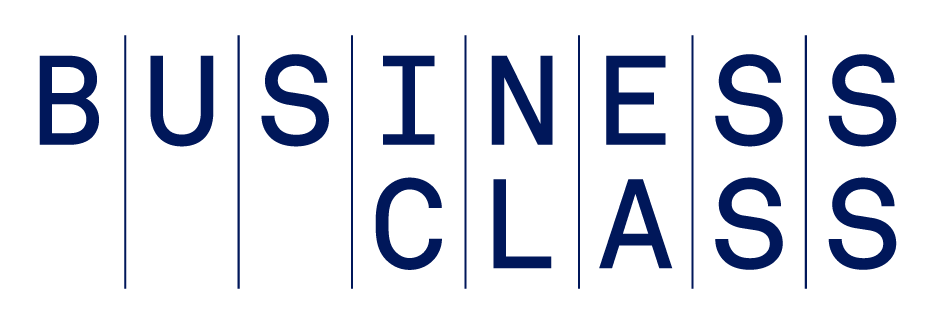One of the simplest ways to evaluate a company is by its book value. A company's book value is the total value of its assets minus the total of its liabilities, and it gives investors an idea of what the company is worth if it were to be sold today.
How to Determine a Company’s Value
Determining the value of a business can be broken down into four common methodologies for systematically deriving worth.
1. Book Value
Book value is one of the simplest ways to evaluate a company. The book value of a company is the total value of the company's assets minus the total of its liabilities. This is an important number because it gives investors an idea of what the company is worth if it were to be sold today. This number will not include "off-balance sheet" items like future contracts, options, or real estate.
2. Publicly Traded Comparables
This methodology relies on measuring your company against similar businesses that are publicly traded. A valuation can be done using multiple earnings, revenue, or book value.
This method usually looks at the last twelve months (LTM) and next twelve months (NTM) of revenue and Earnings Before Interest, Taxes, Depreciation, and Amortization (EBITDA).
Cash flow is the single most significant determinant of the value of your business.
A valuation expert would input your company’s performance and projected performance next to the average multiples in each category and develop an estimated value in each category. Then, the expert would determine a weighted average for the four different estimates and arrive at a valuation.
3. Transaction Comparables
The next approach looks at recent transactions of similar companies to yours to derive a value for your business. It is often used for businesses that are not yet public.
Transaction comparables are used in determining a company’s value in a variety of ways. They can be used to value a business by looking at similar transactions that have taken place in the past. This information can be used to evaluate a company by looking at factors such as the price-to-earnings ratio, the price-to-sales ratio, and the price-to-cash-flow ratio. Transaction comparables can also be used to value a business by looking at the market value of the business assets.
4. Discounted Cash Flow
While the first three methods for determining a company’s value focus mostly or entirely on historical performance, the discounted cash-flow method is almost solely driven by the projected performance into the long-term. It's a measure of future cash flows that are discounted to present value; it can be challenging to implement if you don't have good visibility into the future.
Cash flow is the single most significant determinant of the value of your business. It's also simple to grasp: how much cash have you generated, and how much will you generate in the future? The more consistent and predictable your cash flows are in your business model, the higher the value of your business.
Business valuation is important because it can be used to help make investment decisions, set pricing strategies, negotiate loans and leases, and much more.
Weighted Average
With four different estimated values, a weight is applied to each to come up with the overall estimated value. The weight assigned to each cash flow depends on when it's expected to occur. For example, a business expected to generate $100,000 in cash flow next year would be given a higher weight than a business expected to generate $50,000 in cash flow in five years.
Common Discounts
Once the weighted valuation is derived, some other discounting factors may exist. Since the securities of privately held businesses don't have a liquid and active market in which to trade, a discount is often applied to the valuation to account for this, minority interest positions, and other factors.
The Takeaway
Though several other subjective elements can affect business valuation, these general guidelines can help you understand how to figure out the value of your business and come up with an "envelope calculation.” For anything more serious, consult a valuation expert who can apply these and other relevant principles to the valuation of your business in much finer detail.
A version of this article was originally published on May 18, 2011.
Photo: Getty Images







